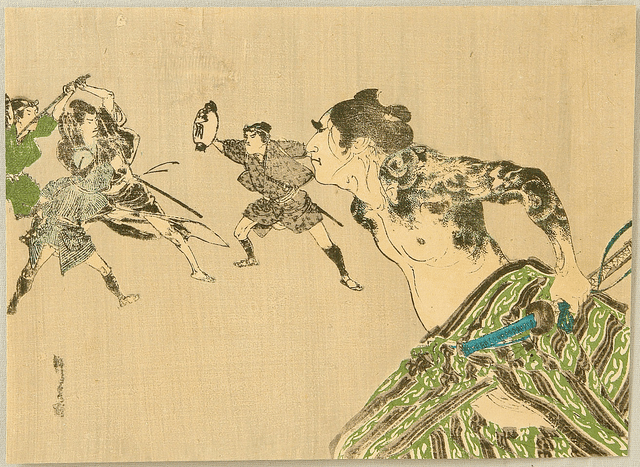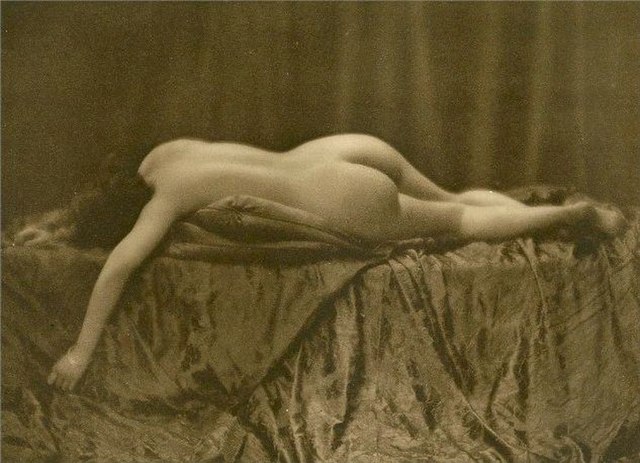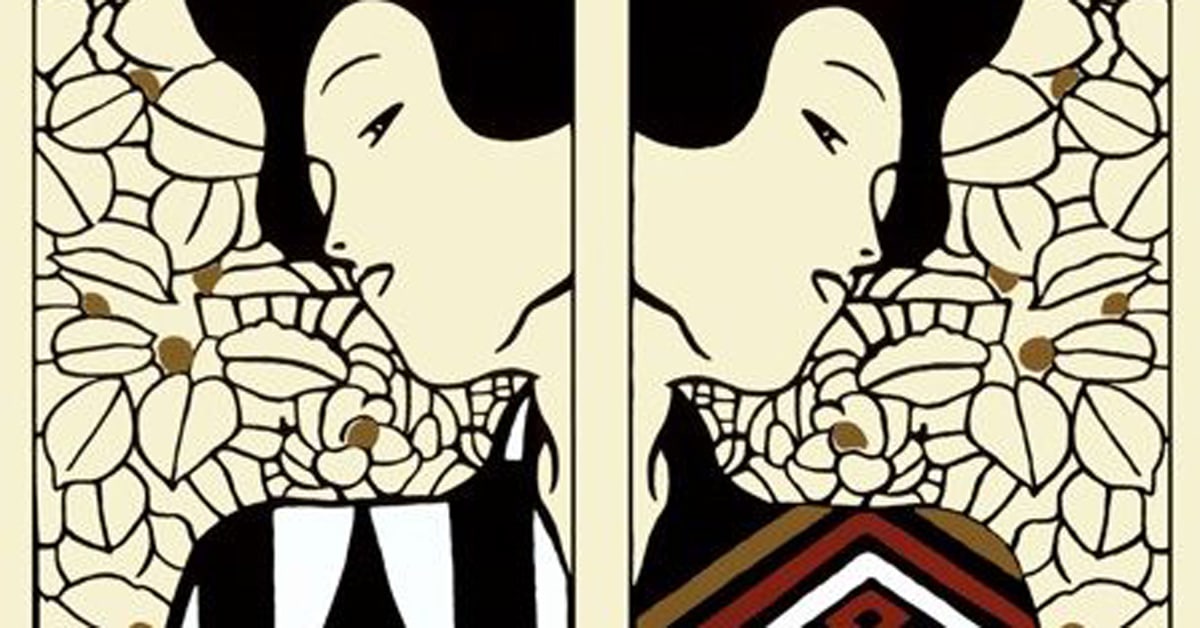Remembered for his role in co-founding the Vienna Secession in 1897 after splitting from
the city’s premiere society of artists, Gustav Klimt remains a significant figure for art history,
both for his own artwork and for his influence on the Austrian Expressionist painter Egon
Schiele.
Klimt’s ‘Golden Phase’ was without doubt the most successful artistic period of his life,
bringing him both critical repute and financial prosperity. Having used gold leaf in previous
pieces such as Judith I and Pallas Athene, Klimt began to integrate the precious metal into
his artistic practice on a more consistent basis during this period, which explaining why it’s
known as either the ‘Golden Phase’ or ‘Golden Period’ of Klimt’s work. It was during this
time that Klimt created The Kiss, which arguably remains his best-known artwork.
However, Klimt is also renowned and remembered for his celebration of the female form,
and his rejection of contemporary conservative attitudes towards sexuality and sensuality.
Having been trained in Realist techniques and aesthetics at the Vienna School of Arts and
Crafts, Klimt began to expand on and depart from more conventional artistic styles, taking
influence from international movements and artistic genres, such as Japanese wood block
art. Both of these interests are evidenced in Klimt’s artwork Silhouette I & II (1912).
Silhouette I & II (1912)
Silhouette I & II was created in 1912, only six years before Klimt’s death in February 1918. It
shows the clear evolution of Klimt’s love of Japanese art and his celebration of the female
form, as well as the influence of other movements including Art Deco and Art Nouveau on
his work.
Silhouette I & II shows the figure of two women, who are identical in form and silhouette
but are facing away from each other in a mirror image. It is clear that whilst the women
appear identical – apart from the patterns of their dress – they are in fact not reflections of
the same person, as each figure can be seen clasping their two hands towards the center of
the image.
Both figures in Silhouette I & II wear a curving, fitted dress that swells out around the
shoulder and ankle. The dresses are decorated differently, with bold graphic designs that
reflect and resonate with the Art Deco influence of the drawing. The dress of the left-hand
silhouette is decorated with rectangles of differing sizes and the shape of spades such as can
be found in a card deck, and is colored in black and white with small golden squares. The
dress of the right-hand silhouette is black in color, with a repeating pattern of interlinked
diamonds shaded in gold, maroon, and white. Both silhouettes have the same hair, which is
jet black in color and resembles that seen in Japanese Ukiyo-e art and woodblock prints.
The background of Silhouette I & II is cream, and the silhouettes are drawn with confident,
clean graphic lines in black. Flowers spread across the top third of the artwork, and their
petals expand across the face of the piece. The design on the right exactly mirrors the design on the left. The work has a calligraphic quality and its bold graphic elements bring to mind another of Klimt’s artworks, Fischblut (Blood of Fish).

Styles and Artistic Genres That Inspired Silhouette I & II
Japanese Ukiyo-e Art
Translatable as ‘scenes’ or ‘pictures of the floating world’, Japanese ukiyo-e art clearly
influences Klimt’s Silhouette I & II. Popularized from the seventeenth to the nineteenth
century in Japan, ukiyo-e art began to influence Western painters from the late nineteenth
century, as heralded by the rise of Japonisme, a French term explicitly referencing the rise of
Japanese art in European cultural circles and artforms.
Ukiyo-e art emerged with the rise of the economically powerful chōnin class in the early
seventeenth century. Artisans and merchants of this class soon turned themselves towards
the pursuit of pleasure and entertainment as they became more financially stable and
successful, which brought about a burst of arts and culture, including ukiyo-e art.
The earliest ukiyo-e art was painting, and artists including Iwasa Matabei became proficient
in and recognized for this style and genre of art. This painting soon expanded into
woodblock prints and other artforms all blossoming under the umbrella of ukiyo-e, including
dance and drama. Schools like the Torii School, Katsukawa School, and Utagawa School
allowed artists to study and master this particular artform, which continued to flourish
towards a peak period in the late eighteenth century. Artists including Chōki, Utamaro and
Sharaku continued to be celebrated for their contribution to this Japanese artform.
Dominant and recognizable figures in ukiyo-e art include landscapes and images of birds and
flowers, as well as portraits of kabuki actors. Bijin-ga artwork was another popular genre of
the artform, which translates to ‘beautiful person picture’, where artists like Eisen, Shinsui,
and Kiyonaga would draw women celebrated for their beauty.
Although ukiyo-e art began to drop off in the late nineteenth century, it was one of the
major Japanese artforms to catch on in Europe. Impressionists like Degas and Monet were
inspired by the artform, as were others like Gauguin, van Gogh. Major artists associated
with the Art Nouveau movement, such as Toulouse-Lautrec, were similarly inspired. So, too,
was Klimt himself, and the influence of ukiyo-e art on Silhouette I & II is clear.

Art Nouveau
Art Nouveau (or, ‘New Art’) grew from two nineteenth-century art movements – the
Aesthetic movement, which was a celebration of art for art’s sake, and the Arts and Crafts
movement, which privileged traditional techniques and craftsmanship and is typically
associated with the British artist William Morris. Art Nouveau also took influence from the
rise of Japonisme – particularly Ukiyo-e art – in Western markets.
As an ornamental style of art, the Art Nouveau style is recognizable by its use of long,
curved, organic lines that take influence and inspiration from the natural world. Art Nouveau took hold of different art and design practices, informing everything from jewelry
design and illustration to architecture. The influence of Art Nouveau on Klimt’s Silhouette I
& II can be seen in the artwork’s emphasis on strong, graphic lines and the themes of the
natural world that emerge in the piece.
Perhaps one of the best-known artists to practice Art Nouveau is the Catalan (Spanish)
architect and sculptor Antonio Gaudí, who embraced the movement’s celebration of natural
forms, texture, space and color to create buildings including the Sagrada Familia in
Barcelona. Other Art Nouveau artists included names like the French architect Hector
Guimard, the American glassmaker Louis Comfort Tiffany, and the American architect Louis
Henry Sullivan.
Art Nouveau was international in its appeal, but had particular draw for French artists,
designers and architects, where it was also variously called Style Jules Verne, Le Style Métro,
and Art fin de siècle.
Although Art Nouveau inspired a flurry of artwork and architecture that continues to be
appreciated to this day, it was broadly abandoned in the early twentieth century, when
Modernism became vogue. Art Nouveau was revitalized in the 1960s as a result of major
exhibitions held at institutions including the Museum of Modern Art in New York City (1959)
and the Victoria & Albert Museum in London (1966), and inspired artworks and graphics in
1960s Pop art.

Art Deco
As a design style from the 1920s and 1930s, Art Deco is recognizable for the geometric
design that characterize the style. Coined following the International Exhibition of Modern
Decorative and Industrial Arts, which was held in Paris in 1925, Art Deco soon took over Art
Nouveau in popularity, and its influence spread, informing the craftsmanship of everything
from furniture and textiles to cinema. Art Deco was informed by everything from the bold
geometrics forms of Cubism and the Vienna Secession which Klimt co-founded through to
Bauhaus and aesthetics stretching from India to Japan.
Clean, geometric shapes tend to typify Art Deco pieces, which was a movement designed to
celebrate the modernity of the machine, which explains the emphasis on clean, often-
repeated graphics, symmetry. The embrace of Art Deco eponymized the early twentieth
century’s embrace of glamour and sophistication, as well as wealth and a belief in the value
of technological progress. With the Great Depression and World War I, Art Deco fell out of
favor.
Amongst the best-known Art Deco artefacts include the Empire State Building and Chrysler
Building in New York City. In terms of Art Deco’s influence on Silhouette I & II, this can be
seen in the graphic, geometric prints that decorate the dresses of both silhouettes, as well
as the central focus on the female form.

